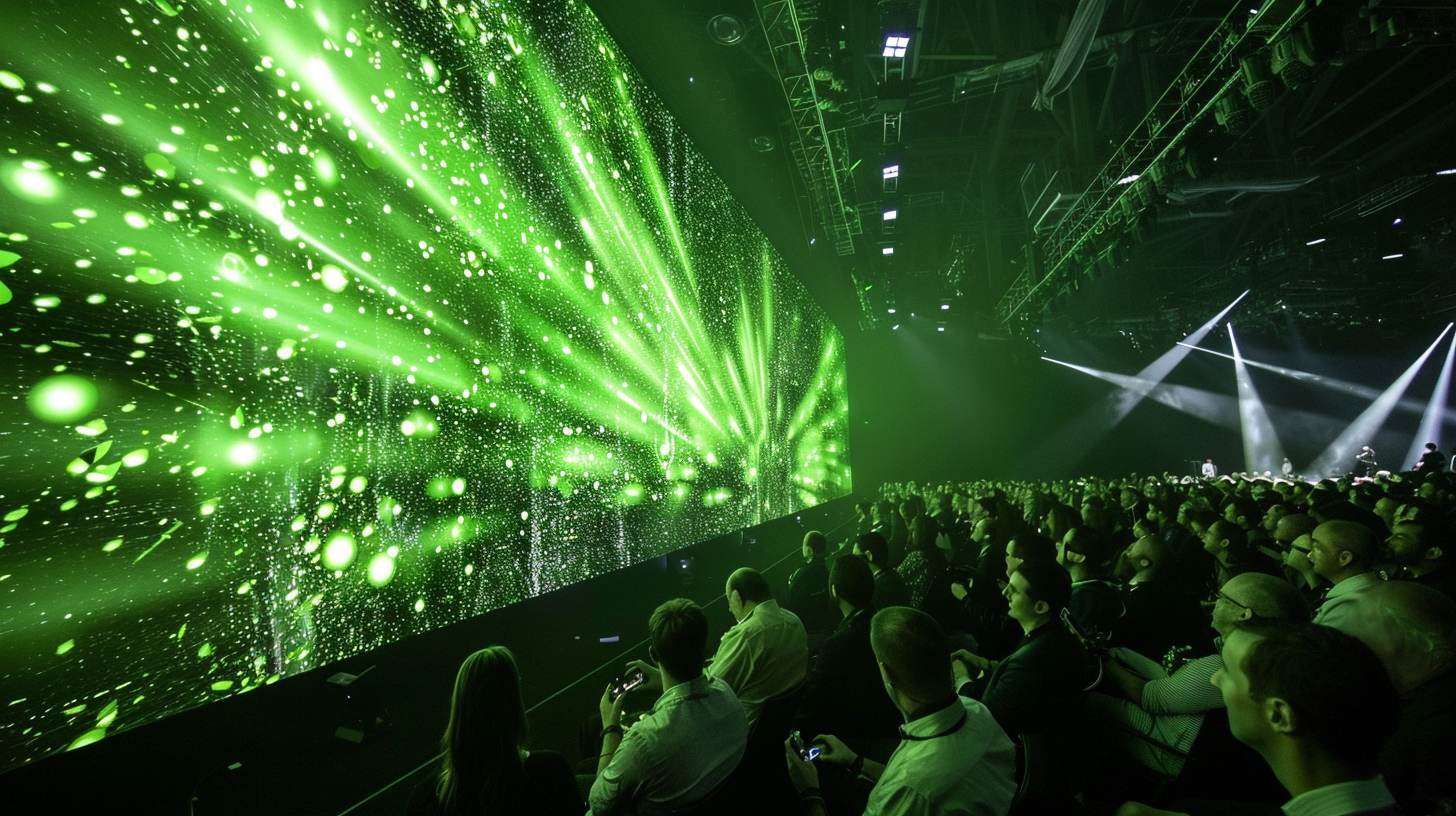Nvidia is making its boldest strategic move yet in the artificial intelligence boom, agreeing to acquire key assets from AI chip startup Groq for roughly $20 billion in cash. The transaction, Nvidia’s largest deal on record, underscores how fiercely competitive the race to dominate AI infrastructure has become—and how much capital market leaders are willing to deploy to stay ahead.
Founded in 2016 by former Google engineers, including TPU co-creator Jonathan Ross, Groq has carved out a reputation for designing ultra-low-latency AI accelerator chips optimized for inference workloads. These are the chips that power real-time AI responses, an area of exploding demand as large language models move from experimentation into production across enterprises. While Groq was most recently valued at $6.9 billion in a September funding round, Nvidia’s willingness to pay nearly three times that figure for its assets highlights the strategic value of the technology rather than the startup’s current financials.
Structurally, the deal is notable. Nvidia is not acquiring Groq outright but instead purchasing its assets and entering into a non-exclusive licensing agreement for Groq’s inference technology. Groq will technically remain an independent company, with its cloud business continuing separately, while Ross and other senior leaders join Nvidia. This mirrors a growing trend among Big Tech firms: acquiring talent and intellectual property without the regulatory complexity of a full corporate takeover.
For Nvidia, the rationale is clear. CEO Jensen Huang has said the assets will be integrated into Nvidia’s AI factory architecture, expanding its platform to serve a broader range of inference and real-time workloads. As AI adoption matures, inference—not training—may become the dominant cost driver, and Groq’s low-latency processors directly address that bottleneck. The move also neutralizes a potential competitor founded by engineers who helped build one of Nvidia’s main alternatives: Google’s TPU.
From an investment perspective, the deal reinforces Nvidia’s commanding position in the AI ecosystem. The company ended October with more than $60 billion in cash and short-term investments, giving it unmatched flexibility to shape the market through acquisitions, licensing deals, and strategic investments. In recent months alone, Nvidia has struck similar agreements with Enfabrica, expanded its stake in CoreWeave, announced intentions to invest heavily in OpenAI, and even partnered with Intel. The Groq transaction fits neatly into this pattern of ecosystem consolidation.
Broader market sentiment also plays a role. Investors have rewarded Nvidia’s aggressive strategy, viewing it as a signal that AI spending is far from peaking. Rather than slowing, capital is concentrating around proven winners with scale, distribution, and cash. Smaller chip startups may still innovate, but exits increasingly appear to be strategic partnerships or asset sales rather than standalone IPOs—evidenced by Cerebras Systems shelving its public offering plans.
Ultimately, Nvidia’s Groq deal is less about one startup and more about the trajectory of the AI economy. It reflects a market where speed, efficiency, and control over the full AI stack are paramount. For investors, the message is clear: AI is entering a consolidation phase, and Nvidia intends not just to participate, but to dictate its direction.












